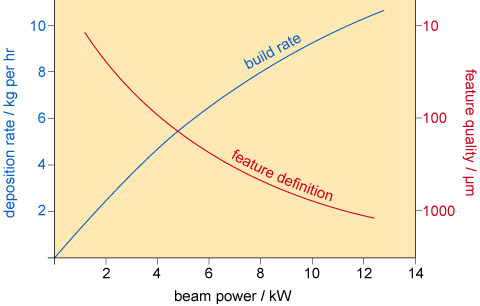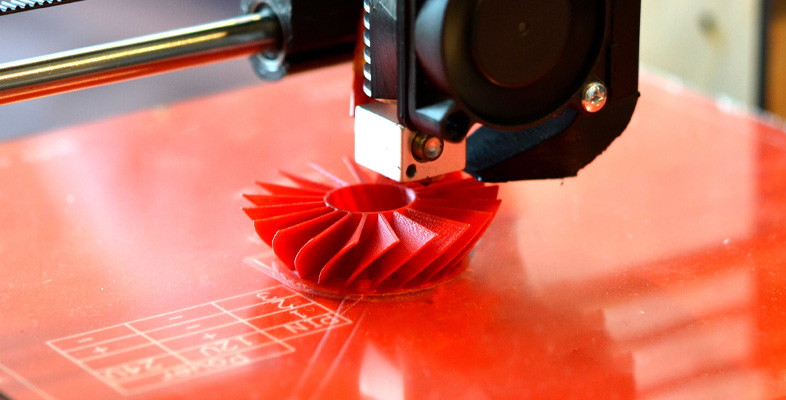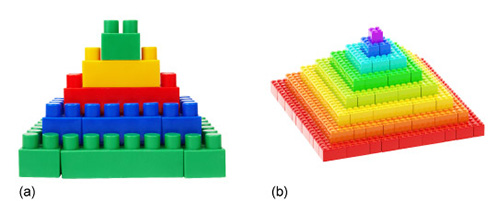6.1 Surface finish and feature quality
Surface finish is important for the aesthetics of a structure. The link between surface finish and machine properties is probably better understood than any other AM issues because of the historical development undertaken for RP systems. Users of RP systems care most about the aesthetics of a component.
Surface finish is linked with layer thickness and therefore deposition rate. This is because each layer boundary inherently introduces imperfections at the surface. Although this is the case for many techniques, it is not necessarily the rule.
Surface finish is often used to describe the precision of an AM component but it is not an adequate description. Surface finish only relates to the roughness (or smoothness) of a surface. However, the ability to produce features, such as corners and angles, is also important. The term ‘feature quality’ is a more inclusive idea that encapsulates the precision by which any feature is produced, including a flat surface.
Figure 23 shows the kind of trend you can expect from a metallic blown powder system. As you increase the laser power, the melt pool size increases and, therefore, the amount of material that can be added in each layer also increases. So there is a correlation between build rate and laser power. However, as the layer thickness increases, the feature quality or precision drops.

Think of Lego bricks and the much larger Duplo bricks and consider building one pyramid out of Lego and one out of Duplo. It will take considerably longer to make the pyramid out of Lego (lower build rate) but the feature precision will be considerably higher (Figure 24).
There is one further consideration. If the link between surface precision and build rate holds up, there will also probably be a link between surface precision and financial viability, because production will become more expensive with increase in precision.
Activity 5 Boundary precision and surface roughness
A key aspect of creating near-net-shape components is the surface finish. If you need to machine the component after construction, the cost will increase.
Consider two additive manufacturing techniques. It is recommended that one relies on solidification and one doesn’t. What parameters and factors inherent to the technique you have chosen govern the boundary precision and surface roughness? Make some notes on the factors you identify and include links to the evidence you have found.
Discussion
Near-net-shape is an industrial manufacturing technique where the initial production of the item is very close to the final shape This reduces the need for surface finishing [Tip: hold Ctrl and click a link to open it in a new tab. (Hide tip)] . Reducing traditional finishing (grinding, machining, polishing) reduces costs significantly (50%+). The surface roughness on an AM part varies over the part and is dependent on the orientation of each facet in the build, the material used, the layer thickness and machine settings used to produce the part.

